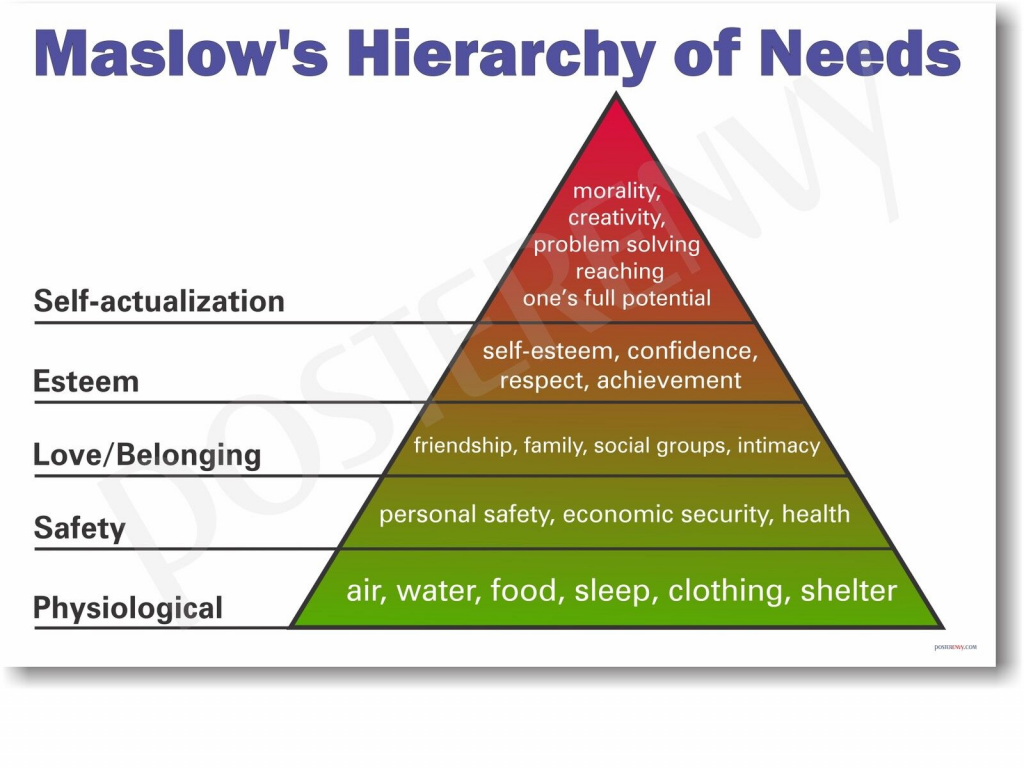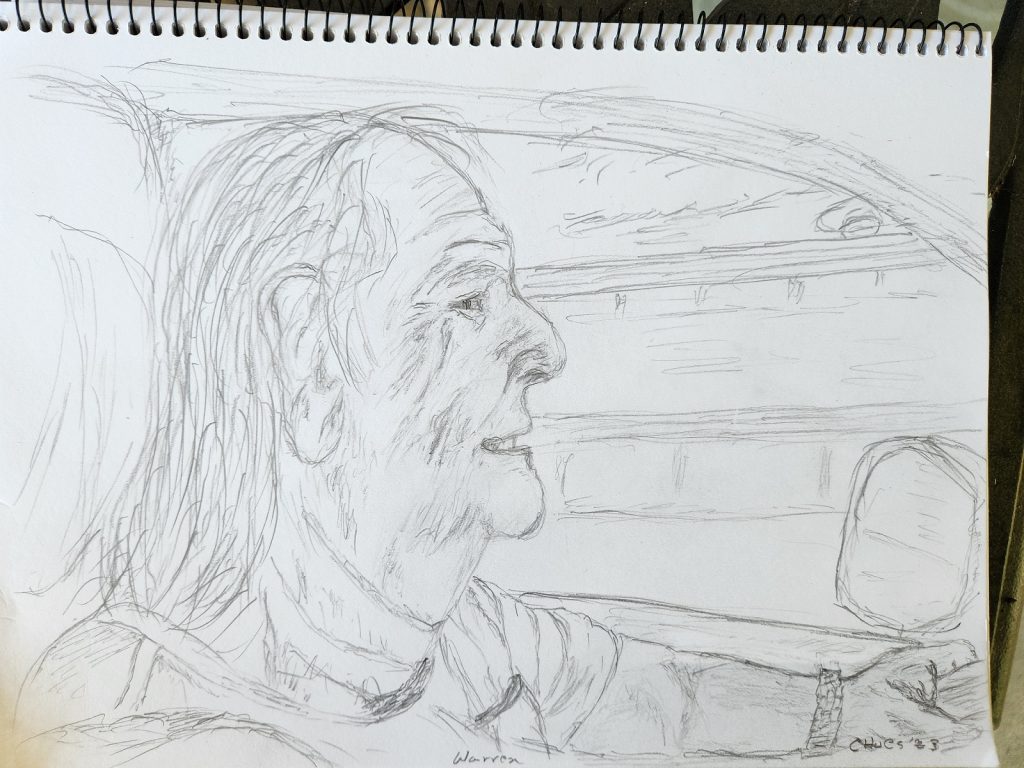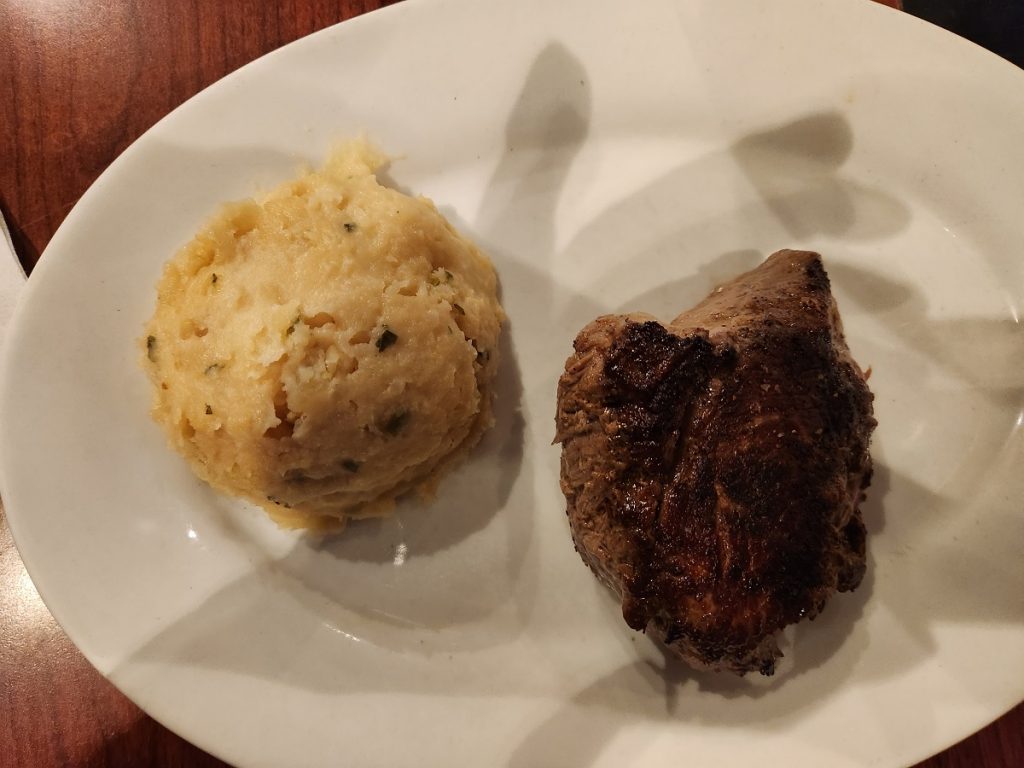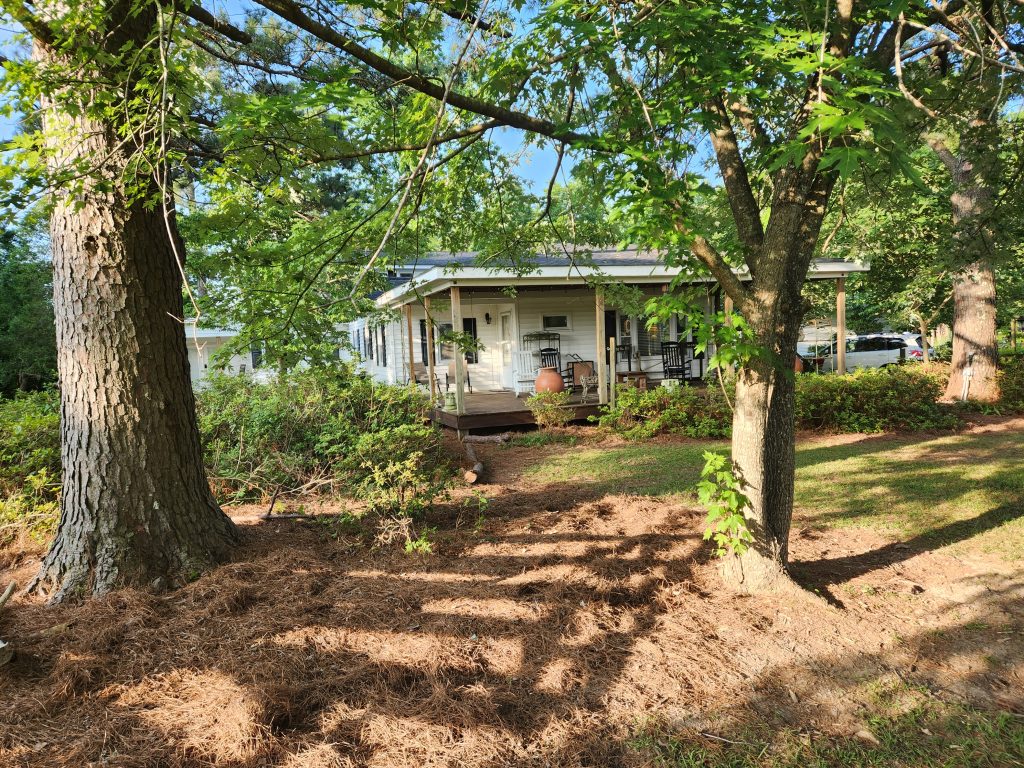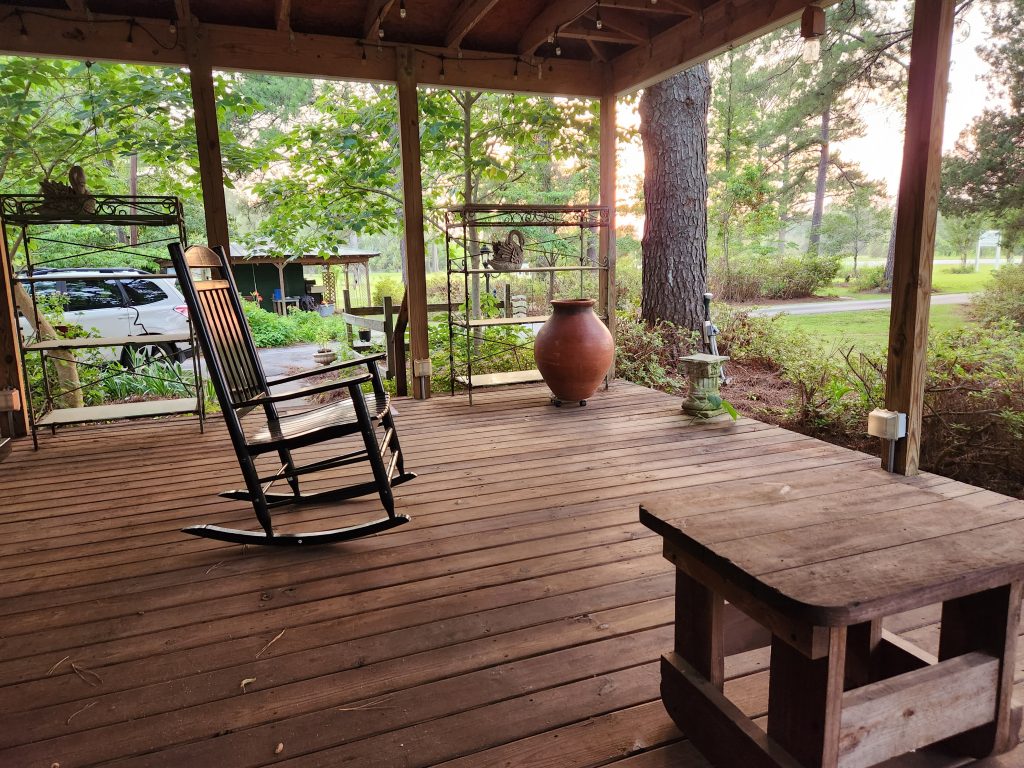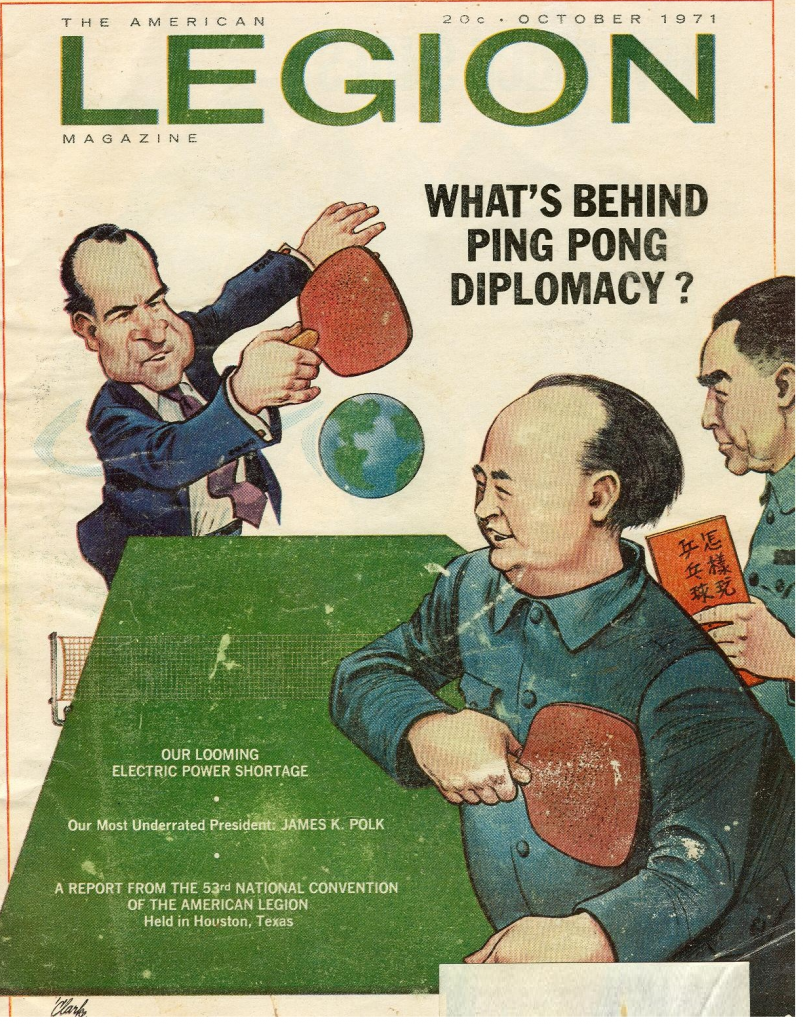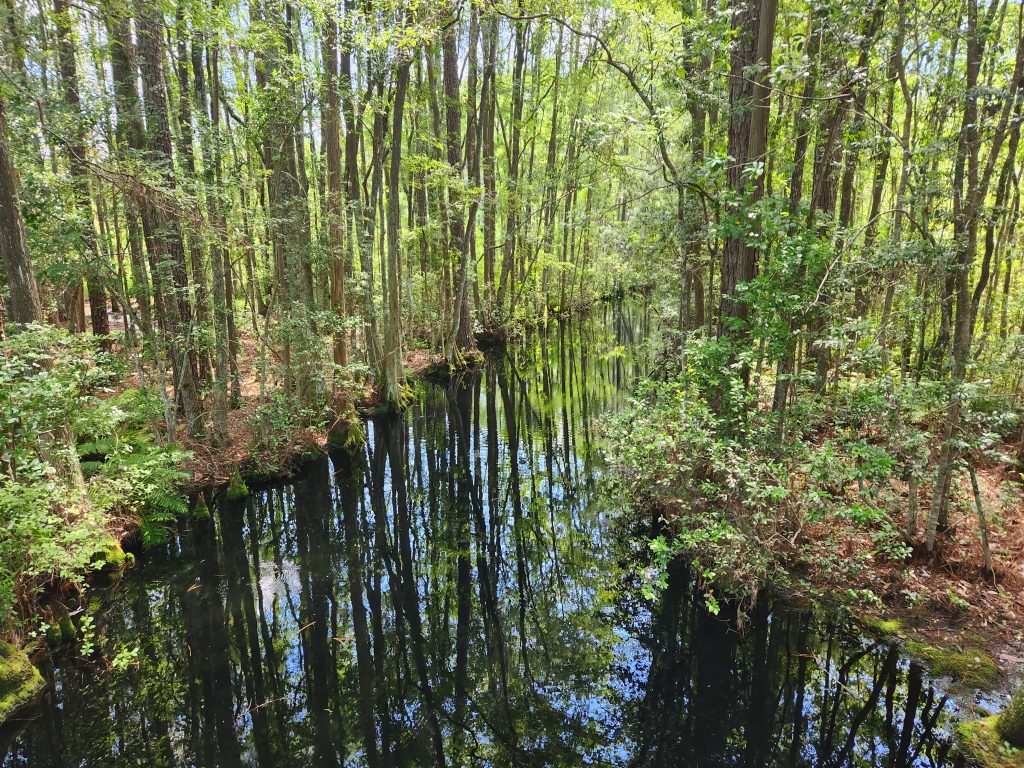Now that I have been home for a couple of days people have begun to ask for a summary of what I learned on my adventure. As you might imagine, that is a difficult question – I am not sure I learned anything at all, but I came away with some impressions that might be worth sharing.
I am tempted to offer my opinions as if they apply to the entire United States, but of course that is not correct because all I saw or experienced happened on the thin line that I happened to travel. There is no particular reason to assume that it was typical of any region, town or state. My descriptions and experiences were specific to a single line of travel, at a specific moment in time, based in part upon my actions and moods – I doubt that they have much use as any type of description of “the country,” or region.
That said, I did come away with opinions that I would like to share.
Perhaps the most surprising opinion is that a great swath of the USA has been devastated during the past forty years. I base this upon the many “almost ghost towns” that were vibrant and thriving communities in early 1980’s. Now these towns consist of streets full of abandoned stores, lined with buildings with broken windows, broken doors, giant holes in the walls, and collapsed roofs – with very few signs of beauty. In most cases the buildings have been left to collapse and rot with a few forlorned businesses attempting to eke out a living. The adjacent homes and residential districts reflect the overall state of the towns. The businesses that still exist in these areas tend to be the big, boring, identical, and soulless chains located at the intersections of major highways. People are in trouble. It isn’t just that they were abandoned financially, they have also been abandoned with regard to education, health care and basic community services. Their daily concerns map into the two bottom rows of Maslow’s Hierarchy of Needs.
According to Maslow, where we put our time and attention depends to a large extent upon how many of our basic human needs are being satisfied. We don’t tend to focus on the needs describe in a level until those in lower levels have been satisfied.
I also found pockets of great wealth – with huge houses surrounded by high fences with guarded or locked gates. In some places, such as South Miami, the concentration of wealth is extreme – along with the isolation of those wealthy people from the rest of the community. The flaunting of great wealth was literally nauseating to me. At first I was angered, then frustrated, and finally nauseated. It seemed obvious to me that there is a direct connection between the extreme poverty of many people and the extreme wealth of the few.
The spaces between these two extremes are occupied by the “middle class.” I postulate, but didn’t have the time or energy to check, that the middle class occupy places primarily along the coasts and north eastern sections of the country – or near a few large cities. It would be interesting to know how the “Red/Blue” political forces divide among these three groups. My suspicion is that the devastated areas are heavily “Red” because they are on the bottom rungs of the hierarchy, concerned with basic survival. They want any change that offers a promise of help with their physiological and safety needs. The wealthy sections are also heavily red because they think that decreased government control, the elimination of regulations and lower taxes will enhance their ability to retain and grow their wealth. They occupy the upper rungs of the hierarchy but for some reason act as if they are on the bottom rungs. This is a great mystery to me. The middle portions are “Blue,” they occupy the middle and upper ranges of the hierarchy and therefore are more open to sharing, compassion and community building.
A related observation has to do with the lack of “beauty” in many towns and communities. If Maslow was correct, this is not a surprise because creativity is related to the top levels of the hierarchy. There was of course the natural native beauty of the surrounding country, be it desert or forest – but the architecture and man-made artifacts have been largely reduced to the least creative as possible, with the possible exception of extravagance created as a “product.” The main street though Myrtle Beach is an example of this with its many over-the-top miniature golf courses. There is lots of glitz to draw customers to a carnival-like atmosphere. Their attempts at creating “beauty” and “creativity” felt fake to me, it is all about making more money, not enhancing the values of the community. The town elt like a giant “Disneyland” of fantasy designed to create a high impact (expensive) vacation, but with little thought or consideration for the residents or “art” in the sense of communicating important human emotions.
Perhaps the most interesting parts of the trip were related to a few conversations I had along the way. On several occasions people whispered into my ear that they recognize me as a “liberal. ” They told me that they didn’t believe or feel the way that their companions do, but that they can’t speak up because they have to live with their companions. I wonder how many folks are “liberal” in their hearts, but afraid of the conservative “bullies.” If my encounters are in any way typical, I think it is a very large number. It is difficult, and dangerous, to push back against the bullies. I found much of the “south” quite threatening and extremely uncomfortable, I can’t image what it would be like to attempt a balanced and liberal approach in those areas. I had a number of really interesting, and heartfelt conversations with people in private locations where they could relax and talk about the “progressive” things they believe but can’t express.
Many of the discussions I had were with like-minded individuals who seemed to relish the change to chat with a “liberal” allowing them to speak freely. While those conversations were easy, fun and ego enhancing – they didn’t did little to help me understand the mind set of the far right. Luckily there were plenty of far right individuals in the areas where I traveled, so there was amply opportunity for more challenging conversations.
Getting to the locations where I could encounter those kinds of conversations was very scary because I felt like I was entering the “belly of the beast” when I opened the door to small local bar in a deserted, and dismal part of town. However, that is where the folks I wanted to meet hung out – so I screwed up my courage and just walked in like I was welcome. It turns out that I never entered a dangerous situation. Most of the time it was more along the lines of being tolerated, not exactly welcome. I decided that the bartender would probably be interested in my money so would provide me an initial short term shield. In one of the more “seedy” bars I ended up sitting at the far end of the bar next to a black man who was sitting by himself separated from the group. We struck up a bit of a strained conversation where he told me that he was a long haul trucker often ending up in places such as the one we were in to get a beer at the end of the day. His advice was along the lines that it was quite dangerous in the Bible belt for outsiders such as myself, or himself as a black man in a bar full of white bullies. He said the thing to do is pause when entering a new place to get a feel for the “vibes” of the place. If it doesn’t feel right …. leave immediately – just keep on walking. I took his advice to heart but never had to leave. However, from then on I paused and turned up my “feelers” before proceeding.
During my travels, I found a few people on the political “right” who were open enough to chat. Most people were friendly after a few minutes of suspicion. Once they determined that I wasn’t a threat they were willing to chat about “safe” topics. Now and then I encountered folks that were interested in exploring more personal, less safe, topics. I found that the conversations typically divided into three main topics.
Religion was often a high priority (I was in the bible belt after all), but barely discussed. This was a topic that was usually “off the table” because it was just a given fact of life for them – nothing to talk about, and I certainly wasn’t going to challenge them on their religious beliefs. I assume the fundamentalist radio stations did a pretty good job of describing their religious beliefs if not their actual practices. These were so far from my world view that I couldn’t get a “feel” for them. It was all just gibberish to me.
Most of the people that were interested in speaking to me were “imports” from northern states, or California. (They were “expats” in foreign territory, eager to speak in their native language.) We usually shared political and religious points of view, so what I was getting was their “third party” observations rather then the “real deal.” However, I did manage a get into a few conversations with “natives.” There were a couple of recurring themes I noticed in the few instances where I had an opportunity to talk to “local folks.”
The first thing that amazed, and intrigued me was the general enthusiastic interest in technical/science topics. They have lots of questions, and interested in how things “work,” and have such horrible educations that they have no tools to aid their understanding. When they discovered that I know a lot about science and technical things they peppered me with questions. They seem to either make up their own theories and believe them explicitly with no further evidence, or they hear really strange (and often impossible) theories from others. I heard dozens of examples, but perhaps a few will suffice to give a flavor of the depth of the problem. One recurrent issue had to do with deep seated belief that the moon landings were faked by NASA. Their “evidence” includes things such as the “fact” that it is impossible to communicate that far by radio, after all you can’t even hear the radio stations from a city 75 miles away. They were interested in learning that NASA used huge, highly directional, very powerful dishes stationed around the world to accomplish that feat. So they were correct, it is difficult to communicate that far, but they missed the fact that technology was more impressive than they know about. I also had interesting discussions proving that the earth is flat, even though the reasons were even more misguided and impossible than the problem of communicating across a quarter of a million miles. Schemes to achieve perpetual motion were popular topics.
The detailed misunderstandings were interesting, but not important for this discussion. My takeaway was that these folks are smart, interested and engaged in trying to understand these sorts of things – but they have no foundation to work from. They schooling was terrible, their access to good information almost non-existent, and their understanding of the importance of sorting truth from fiction by being skeptical is not well developed. Once they hear a plausible answer from a “trusted” source they tend to file it away as “solved” and accept it as such.
I heard some interesting reasons for their positions about things such as whether or not abortion should be allowed, or whether gays should be allowed to exist. I found out that there is a general opinion among some of these folks that the real problem is that whites have lost their majority in America. There are now more brown and black people in the country, and that is bad because they have been proven to be vastly inferior with regard to intelligence and social responsibility. Basically it boils down to there being too many stupid, dangerous “people of color” in the Country. The proof of the superiority of whites is based upon their understanding of the Bible and the eugenics movement from the first half of the last century. They are convinced that their theory is even a theory, they consider it established science based upon proven scientific facts. I learned that the proposed solution to this problem is to get busy and out-breed these inferior types – hoping to add two to three times the current population in America that are of the superior white stock. Gays and abortion don’t add children so they are just wasting resources needed to increase the population, so these practices need to be stopped.
Interestingly, many of these positions are based upon an almost religious belief in science. The problem is that their “science” is wrong, and they don’t have any effective tools for sorting out false “scientific” data from real science. Even the incomprehensible idea that we somehow can right the unbalance of races can, and should, but solved by limiting gay rights and abortion is based upon their belief in “science.”
The question(s) I am left with seem to boil down to should we try to “fix” something; and if so, what should be done? One thought that comes to mind is that perhaps it is critical for more people to move further up Maslow’s hierarchy so they have more time and energy to consider the “finer” aspects of life, including gaining enough education to do a better job of sorting fact from fiction. My guess is that things such as an over dependence on religious fundamentalism will automatically decrease once people improve their education and move up the hierarchy – we are faced with an economic crisis in vast swaths of America.
Changing the system so that almost everyone has achieved a comfortable spot on the upper reaches of the hierarchy will be expensive. However, it doesn’t have to be “expensive” in the sense of needing vast donations and charity, that approach will fail to achieve the goals. It is “expensive” in the sense of redeploying our resources to benefit everyone rather than hoarding the resources for the benefit of the few. I am suggesting finding ways to change the distribution of resources/benefits. I believe this is going to require planning and the imposition of regulations to achieve that goal. We have amply experience and evidence what while “industry” wants says they can “regulate” themselves, they don’t and never have. The competitive nature of people and our style of economics prevents achieving an unregulated balanced outcome, it just plain won’t happen.
If we can figure out how to accomplish the redistribution of income from the rich to the poor in ways that allow the poor to become less poor (but not beholden to others) by becoming productive, important, valued parts of society I believe many (perhaps) most of the current problems will be resolved. People are smart, people are compassionate, people are inquisitive and want to know, people are inherently friendly and happy, people want to be creative and respected. The list of great attributes is very long – they just need to have the resources to let those traits blossom.
